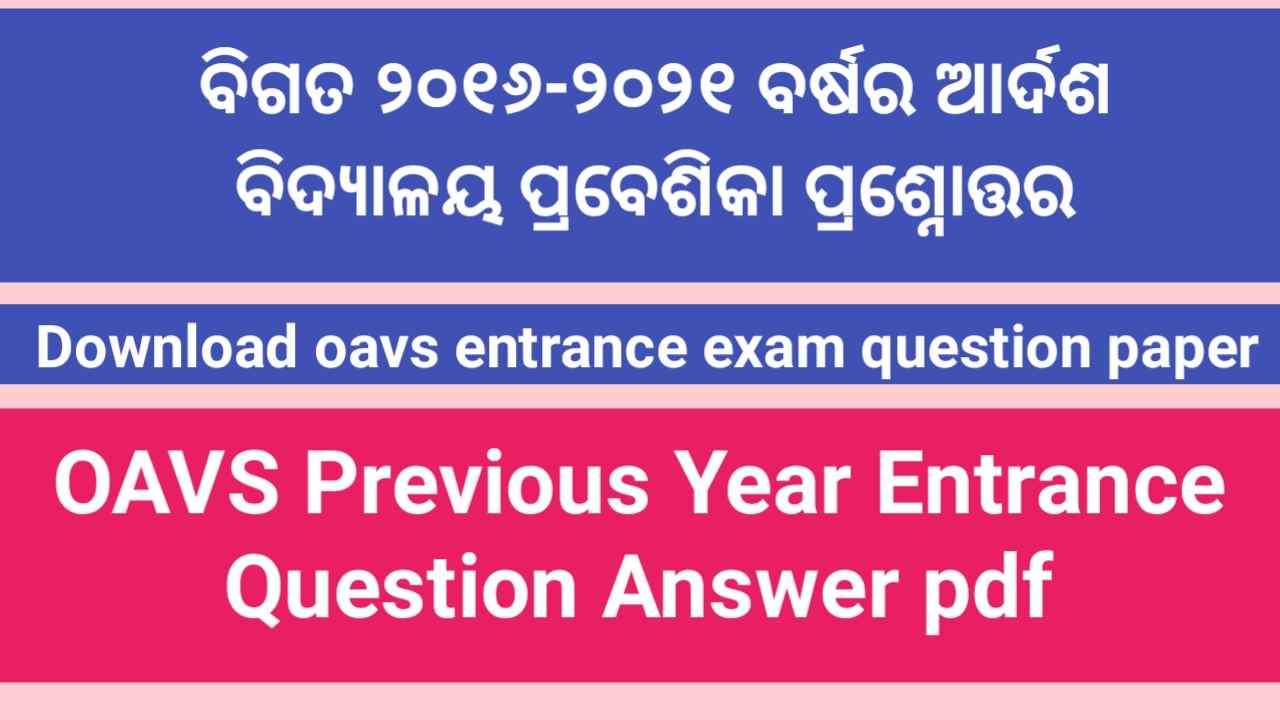The Sarva Shiksha Abhiyan Essay in English
Today's call, Education for all
The Sarva Shiksha Abhiyan
(Education for All) initiative:
Introduction:
The progress of a nation is entirely dependent on its human resources. Education has to do with human resource development. Education in the language of Brink is the ultimate defense of the nation. Therefore, it is only through education that the overall development of a country is possible. Education is a fundamental right of every citizen. So no child should be deprived of education. Education is universal for all. The Sarva Shiksha Abhiyan is a planned curriculum of the Government of India to achieve this goal.
Steps for Post-Independence Public Primary Education: In the post-independence period, educators and thinkers across the country have taken various steps to develop, disseminate and increase literacy. As a result, various programs have been adopted in different states of the country. Especially in the last twenty years, the Guaranteed Education Program for Public Primary Education, the Rajiv Gandhi Swarnajayanti School, the Teachers and Public Movement Program, the Paratcharge or Education Assistance Recruitment, the Kalapata Abhiyan, the Informal Education and the District Primary Education Program.(DPEP), etc. The recent increase in literacy and the introduction of the Universal Education Campaign is a new step towards achieving the goal of universal primary education. On August 23, 2002, an official advertisement drew public attention to the Sarva Shiksha Abhiyan. It provides a brief overview of the plan and outlines the goals for the future.
Objectives and requirements of the Sarva Shiksha Abhiyan in India: The Sarva Shiksha Abhiyan is an unprecedented national plan. By 2002, all districts were covered under the scheme. Public primary education has some basic goals. Of these, all children between the ages of 8 and 14 will be enrolled in schools through 2003 through schools, certified educational centers, alternative and innovative educational centers. By 2007, all children will have completed five years of primary education. By 2010, all children will have completed eight years of quality higher primary education and will have one hundred percent attendance in schools. Various social and gender disparities will be eliminated from the primary level by 2009 and from the high primary level of all students by 2010. The recently enacted Child-Education Rights Act is a strong step towards the success of the Universal Education Campaign.
Outline of Sarva Shiksha Abhiyan program: Sarva Shiksha Abhiyan is a timely national program. It was established in 2000 by the Government of India and has been in operation since 2001. This is a new initiative and a powerful step towards the universalization of primary education. There will be collaboration between groups and panchayats in school management, teaching. There will be a one-kilometer walk to each of the settlements to ensure that the primary school is open. Creating educational opportunities through formal, informal, certified education centers or alternative and innovative education centers for all children between the ages of six and fourteen. Priority has been given to the construction of new school buildings, the repair of old houses and the provision of classrooms, toilets and drinking water as needed. There is a provision for grants for the preparation of teaching materials for every teacher in a public school teacher training will be introduced. Free textbooks are a must for Indigenous people, Horizons and Girls. In populated areas where there is no primary school, 20 to 25 children will be provided with a guaranteed education center or alternative and innovative education center. It will promote the goal of universal education by circling the Gyan Chariot across the state to attract children to education as well as to raise awareness among parents. The importance of the Sarva Shiksha Abhiyan is noteworthy in view of the fact that primary education is a fundamental right for every child between the ages of 6 and 14 as a result of the 7th Amendment to the Constitution.
Advice for the Success the Campaign: Planning not only makes the plan a success by providing grants; On the contrary, it is important to ensure that the right amount of funding is received in a timely manner. Otherwise, finances and planning will be in vain. The country's debt burden is also on the rise. Therefore, the designers, creators, executives and executives of this campaign need to work tirelessly for their successful implementation. It simply came to our notice then. Just as a district attorney is responsible for starvation in one district, a police officer is blamed for a lack of law and order in a district, a teacher is not responsible for a literacy rate in a village or a decrease in the number of students attending a school. The teachers are employees of the education department. It is the responsibility of the teachers of the school concerned to educate and motivate the children of the school's residents. It is the responsibility of local teachers to ensure that children come to school and stay in school for the rest of their time.
The Sarva Shiksha Abhiyan is the only medium. With this in mind, the central government should regularly review the program.
Conclusion: The Sarva Shiksha Abhiyan is a new concept in the field of education. If the elementary education of a country is stronger and richer, the country is known as better the country. So in a developing country like India there is a need for improvement in primary education. The Sarva Shiksha Abhiyan is its culprit. Mahatma Gandhi’s dream of the past was the Sarva Shiksha Abhiyan. "It simply came to our notice then. In this case, it is necessary to change the way we look at it. The Sarva Shiksha Yojana can be successful if the commitment of Gram Panchayats, Mahilamandal, Yuva Sangha, voluntary organizations, the responsibility of politicians and the sincerity of administrators is revealed.






Very Nice, thank you. It's Very Informative.
ReplyDeleteOdia Mela Book Sanischara Mela
Order Odia Books
Odia Books Online